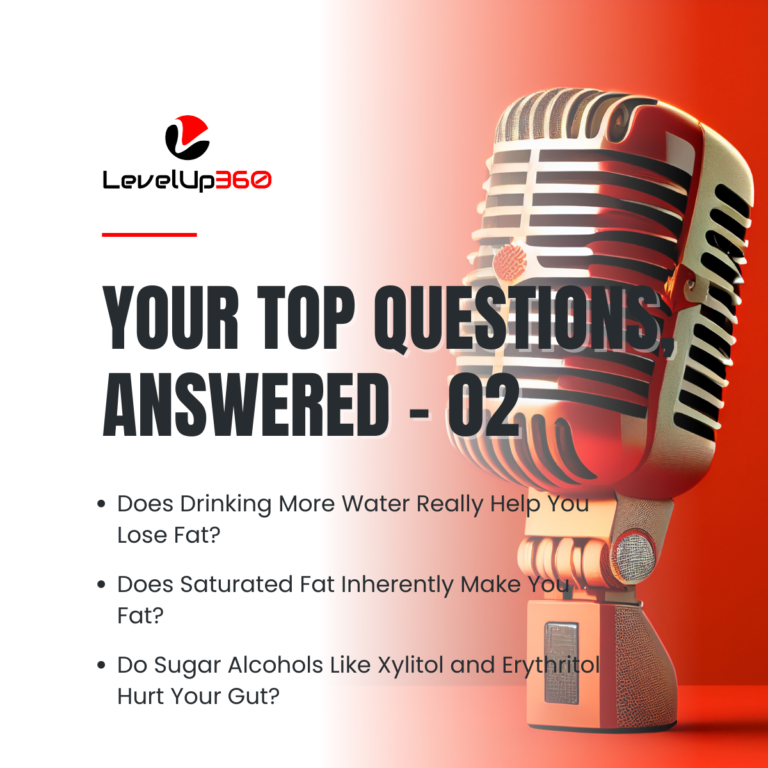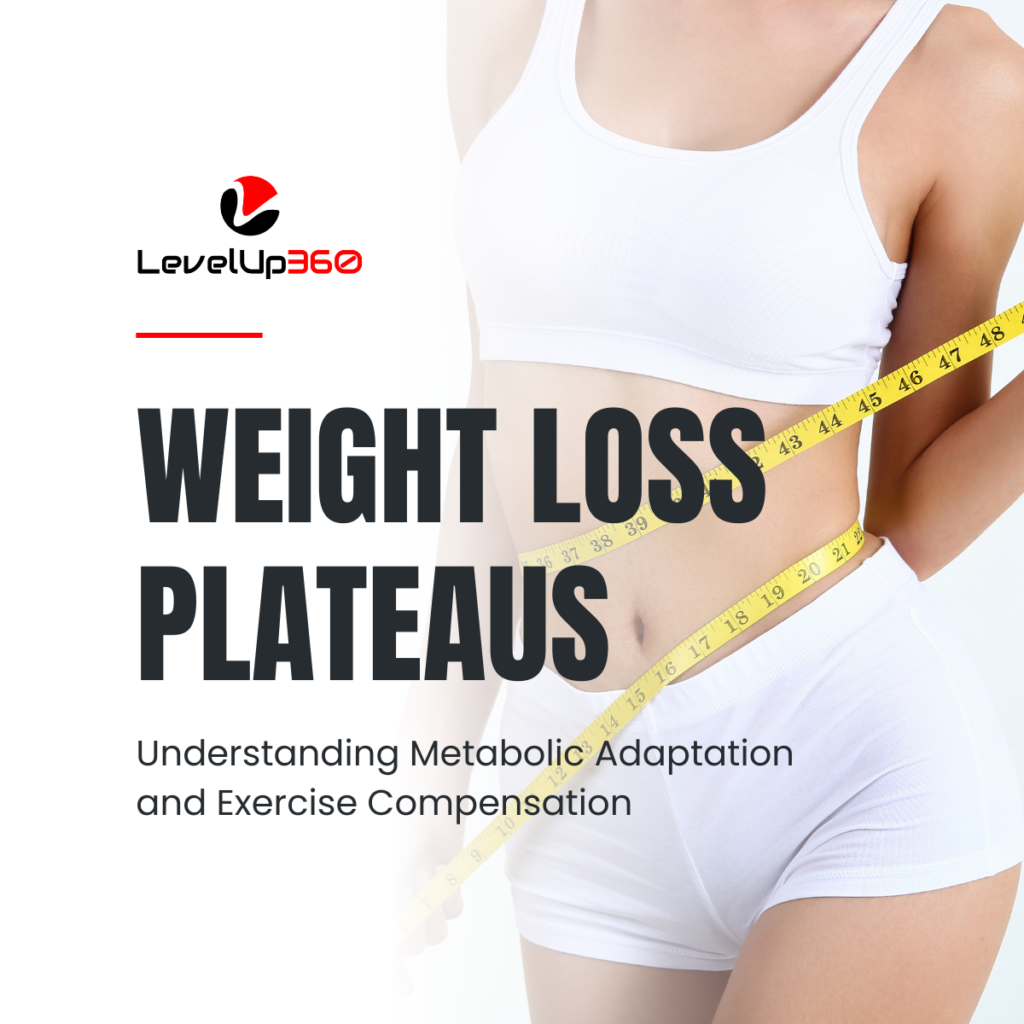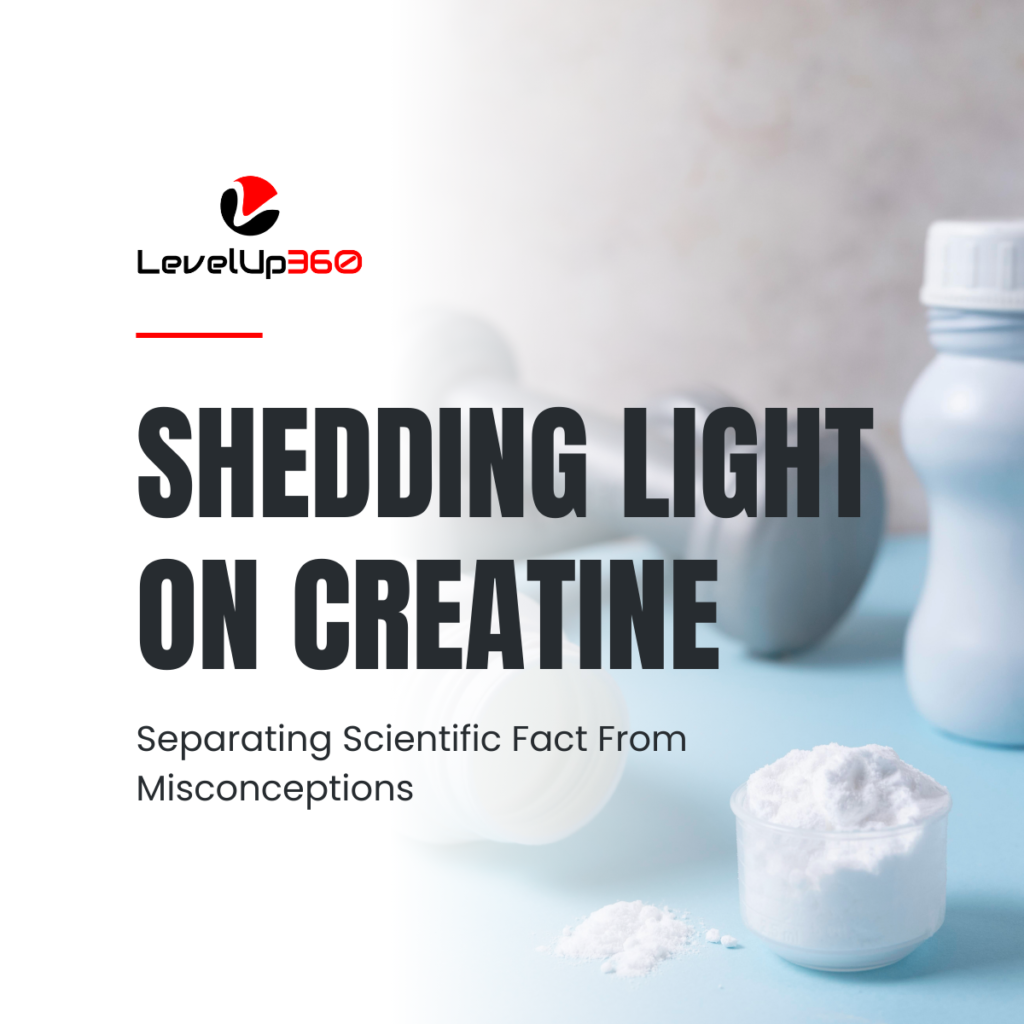
Strategic Nutrition for a Lean, Strong, Capable Body
Trying to build lean muscle mass? You need a strategic nutrition plan tailored specifically to support optimal rates of muscle protein synthesis and hypertrophy.
In this article, I will explain how to dial in your protein, carb and fat intake to accelerate your gains. You’ll learn research-backed ratios and amounts, timing strategies, and methods for finding your own personal sweet spot.
For a complete guide on how to put on muscle while minimising fat gain, download our free Complete Guide to a Muscle Growth Phase: Adding Muscle While Minimizing Fat Gain.
With the protein, carb and fat needs covered, you provide your body with the essential building blocks and fuel required to power muscle growth
The Critical Role of Protein in Building Muscle
First and foremost, protein is the key macronutrient for stimulating muscle growth thanks to its high levels of the amino acid leucine. When combined with resistance training, protein triggers a robust increase in muscle protein synthesis (MPS) – the process of building new muscle tissue.
To maximise MPS, you need to consume enough high-quality protein spaced throughout the day. Experts and researchers recommend consuming 0.7-1g of protein per pound of lean body mass daily during muscle-building phases.
This typically equates to around 1.5-2.2g of protein per kg of lean body mass.
Now that we know the optimal total daily protein intake, how should we time our protein feedings? Although earlier research confirms that spreading your protein across 4-6 meals stimulates higher rates of MPS versus skewing intake toward just a few large doses, new research has challenged this view and it may be enough to have 2-3 larger protein servings (still consuming the recommended amount of daily protein) to elicit enough muscle protein synthesis for muscle growth. Having said that, if maximising muscle gain is your goal, spreading protein intake across 3-4 meals still seems to provide a slight edge.
When setting up your nutrition, start by determining your total protein needs based on your target body weight. Then allocate that protein evenly across your planned meals and snacks for the day.
If you’re finding it challenging to eat large whole-food protein sources frequently, adding a protein shake or two can help you easily meet your daily target intake. Just be wary of relying solely on shakes. Get the majority of your protein from whole foods like meat, dairy, eggs, and legumes.
Maximising Protein Quality
In addition to the total quantity, pay attention to protein quality as well when in a muscle-building phase. Make sure you are consuming a variety of complete, leucine-rich protein sources like:
- Chicken, turkey, beef, pork
- Fish and seafood
- Eggs and dairy
- Legumes, beans, lentils
- Soy foods like tofu and edamame
- Leucine-fortified vegan protein powders (for plant-based athletes)
Whey protein concentrate, whey protein isolate, and casein are ideal supplemental proteins due to their high levels of branched-chain amino acids (BCAAs) including leucine. Time your fastest digesting proteins pre and post-workout.
Building muscle mass requires not just mechanical tension, but the right protein building blocks. Set yourself up for optimal growth by prioritising total protein quantity AND quality.
The Critical Role of Fats for Health and Hormones
While protein and carbs receive more headlines for their muscle-building potential, dietary fats play crucial roles as well. Don’t neglect to optimise your fat intake when bulking.
Consume 0.4-0.5g of fat per pound (~0.9 to 1.1 grams per kilogram) of body weight daily from predominantly unsaturated sources. This equates to around 20-30% of your total daily calorie intake.
Going lower than 0.4g per pound risks negatively impacting hormones like testosterone. But boosting fats extremely high can also displace other nutrients and meal volume. The sweet spot is likely around 0.4-0.5g per pound of body weight.
Focus your fats around nutritious whole food sources like avocados, nuts, seeds, fatty fish, whole eggs, oils, etc. Avoid heavily processed trans and hydrogenated fats where possible. Variety is key – don’t just overload one specific source.
Getting a minimum of 0.4-0.5g of fats per pound will help you:
- Absorb fat-soluble vitamins A, D, E, K
- Meet essential fatty acid needs (especially omega 3s)
- Enhance the flavour and enjoyment of your diet
- Support healthy hormone balance
- Provide sustainable energy for lifting
Pay as much attention to optimising your fats as you do protein and carbs. All three macros play synergistic roles in powering your performance and recovery. Are you getting a good variety of healthy fats in your current bulk?
Should You Cycle Your Carb Intake or Keep it Steady?
Now that protein is dialled in, what’s the optimal approach to carbohydrates for promoting hypertrophy? Should you cycle your carbs day-to-day during a bulk or keep intake more consistent?
For the majority of natural lifters without extensive carbohydrate periodization experience, I would suggests keeping total daily carb intake relatively steady rather than aggressively fluctuating.
This is because your general nutrition needs don’t drastically rise and fall day to day based on your resistance training. You may burn 200-400 more calories on a leg day versus an upper body day, but that’s a minor flux.
Aggressive carb cycling (alternating between very low and very high carb days routinely) can disrupt your training, sleep, and recovery in the long run. Sticking with a moderate, consistent approach is generally the easiest to adhere to.
However, you should make a point to consume a larger, carb-containing meal about 1-2 hours pre-workout on training days. At least 40-50g and ideally closer to 80-100g of carbs before resistance training will help maximise performance, focus, and recovery.
Fuel up with carbs pre-training, but keep total daily intake more steady rather than having extreme high and low carb days. Are you currently fuelling your workouts properly to support your best performance?
Finding Your Optimal Carb Intake
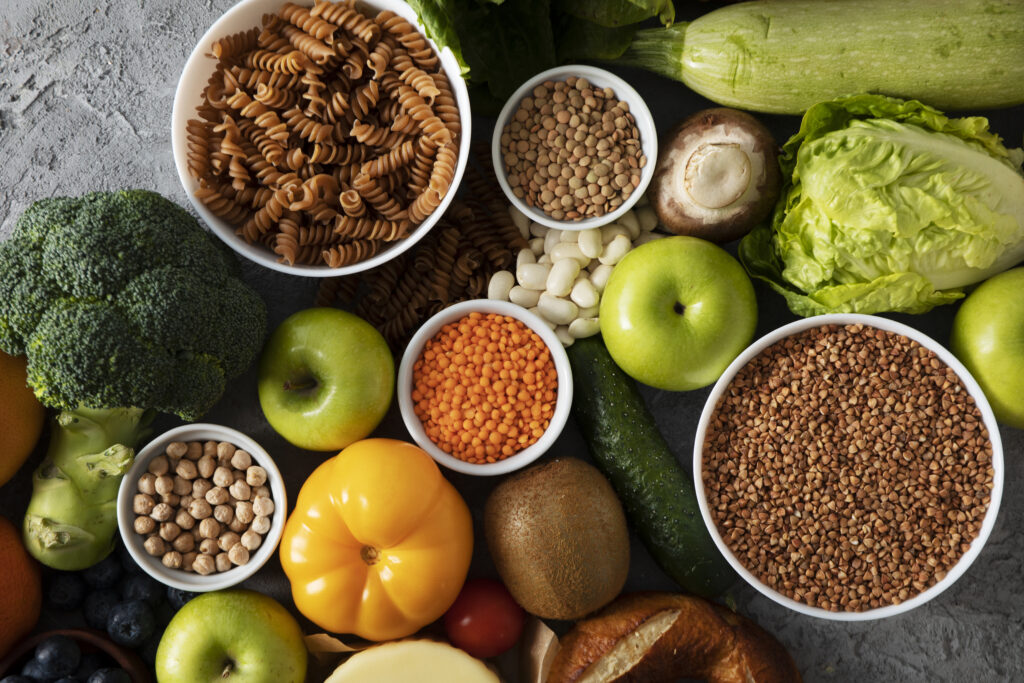
Okay, so daily carbs should remain relatively stable. But what’s the optimal total amount of carbs to support muscle growth?
Based on the available evidence, my personal experience, and the experience coaching others, I would recommend consuming at least 1g of carbs per pound of body weight daily and ideally closer to 2g per pound (2.2 to 4.4 grams per kilogram) if training volume is high.
Going below 1g per pound regularly can shortchange your performance and recovery. Dropping too low day after day leads to feelings of depletion, low energy, poor workouts, cravings, and disrupted sleep for most people.
Consuming around 1-2g of carbs per pound ensures you have enough to:
- Fuel training intensity and muscular endurance
- Replenish glycogen stores between workouts
- Support higher training volumes and frequency
- Optimise muscle growth via cellular hydration and signalling
I would recommend setting your protein and fat intake first, and filling in the remaining allotted calories from carbohydrate sources like rice, potatoes, oats, quinoa, fruit, etc. Don’t fear going over 2g per pound either if you prefer a higher-carb diet.
The most important factor is that your total daily calories align with your goal rate of muscle gain. The higher your training volumes, the more carbs you’ll likely need and tolerate to support maximum growth.
Do heavier lifting days or poorly fuelled sessions leave you feeling depleted? Try upping your carb intake and assess if it enhances your recovery between sessions. Muscle growth happens during rest, not just during the workout. Properly fuelling this process is crucial.
Having said that, you can absolutely build muscle on a low-carb diet if that is your preference or you feel better on low-carb, as long as total calories and protein are dialled in you are golden.
Finding Your Carb and Fat Sweet Spot
We’ve covered evidence-based macronutrient recommendations for bulking. But how do you find your own personal carb and fat sweet spot for optimal performance, recovery, and growth?
Experts suggest experimenting with different ratios in a systematic, controlled manner paying close attention to measurable outcomes like:
- Gym performance – strength, endurance, power
- Recovery ability between sessions
- Energy levels and satiety throughout the day
- Hunger and cravings
- Body composition changes over time
- Sleep quality
- General well-being and health markers
To do this, pick two intake ratios – for example, 40% carbs/30% fat versus 55% carbs/20% fat. Follow each for 8 weeks while keeping protein and total calories consistent.
Don’t change training, sleep, or other factors – isolate the diet variable. Track trends over each period. Then switch to the opposite ratio for 8 more weeks. Compare your body’s response.
This way you employ yourself as your own case study and control. Gradually shift ratios over mesocycles until you hone in on your sweet spot for performance, recovery, and aesthetics.
Be patient with yourself through this process – it takes time and consistency to accurately assess the impacts of nutritional tweaks. Don’t jump to conclusions based on your feelings for one or two days. Look at the overall effects over many weeks.
Busting Myths Around Insulin and Metabolic Damage
When experimenting with higher and lower carb intakes, you may get concerned about concepts like “insulin sensitivity” and “metabolic damage.” Let’s bust a few myths surrounding insulin and carbs:
- Eating carbs alone does not make you fat – excess total calories do. Insulin’s job is to store carbs you eat but doesn’t directly convert them to fat.
- Having higher insulin levels from carbs does not inhibit fat loss over a day. Fat mobilisation happens when insulin is low between meals, not during the post-meal spike.
- You cannot become “insulin resistant” from increased carb intake alone short term. Only prolonged obesity causes insulin resistance.
- Within normal ranges, insulin does not independently drive muscle growth. Supraphysiological levels from exogenous insulin do, but this does not apply to food.
- Your metabolism does not “break” due to short-term diet changes. Adaptive thermogenesis lowering your daily energy burn happens over years of restriction.
Unless you remain obese for prolonged periods, your insulin sensitivity will normalise when you return to maintenance intake and activity levels. Don’t fear the myth of “metabolic damage” – it takes extreme circumstances to occur.
The most important factor for controlling body composition is overall calorie balance, not insulin management. Don’t get distracted by micro-managing hormones – the fundamentals make the biggest difference.
The Thermic Effect of Food on Metabolism
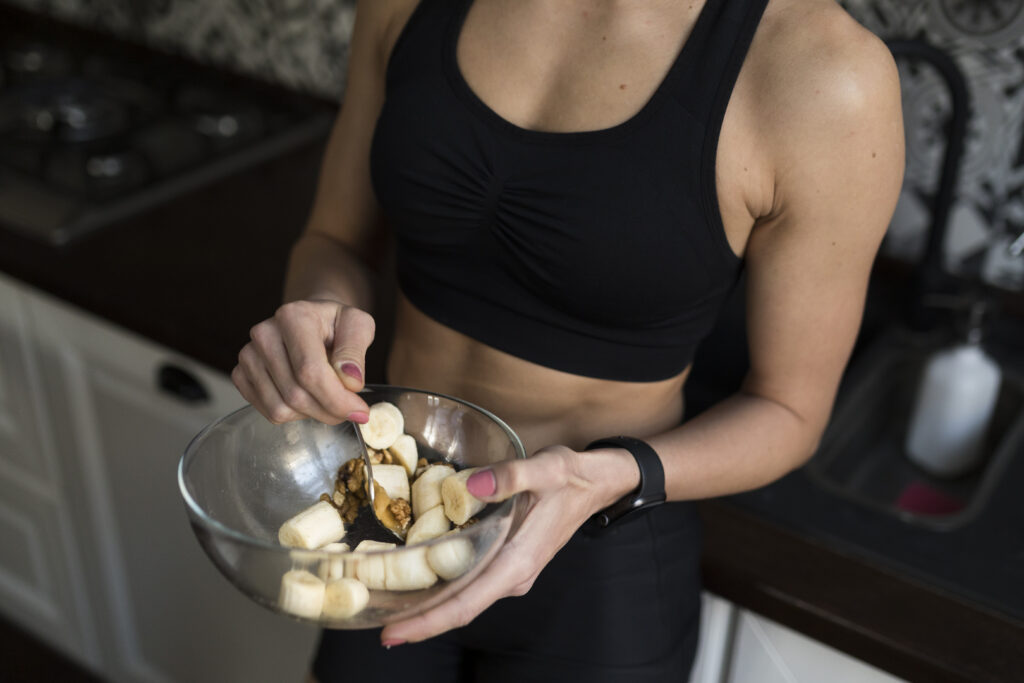
Here’s one final interesting point about macronutrients – the thermic effect of food (TEF). TEF refers to the energy expenditure required to digest, process, and store the calories from each gram of carbs, protein or fat:
- Protein: 25-30% TEF
- Carbs: 6-8% TEF
- Fat: 2-3% TEF
As shown, protein has the highest thermic effect. The body expends more energy metabolising protein versus an equal amount of fat or carbs.
Studies confirm that higher protein diets boost your resting metabolism versus lower protein. One study found that substituting carbs for protein without changing calories still led to body fat loss.
The impact is modest – don’t expect dramatically different “calories out” from TEF. But it’s one advantage of higher protein for fat loss. Increased TEF means you passively burn slightly more calories each day.
Every little factor adds up! Combined with lifting weights (your main calorie burner), sufficient protein, and strategic carbs and fats, you can build your best physique yet.
The Bottom Line
We have covered a lot of ground on optimising your nutrition to accelerate lean gains. Here’s a high-level summary:
- Prioritise total protein at 0.7-1g per pound (1.5-2.2g per kilogram) of body weight spread over 4-6 meals. Whole foods and leucine content matter.
- Consume 1-2g of carbs per pound (2.2-4.4g per kilogram) of body weight daily focusing on clean sources like rice, potatoes, quinoa, oats, and fruit.
- Aim for 0.4-0.5g of healthy fats per pound (0.88-1.10g per kilogram) of body weight from nuts, seeds, avocados, oils, and fatty fish.
- Time large carb-containing meals around your training for performance and recovery.
- Find your personal carb and fat sweet spot through controlled testing and tracking outcomes over time.
- Don’t fear insulin management – calories and training progress matter far more.
With your protein, carb and fat needs covered, you provide your body with the essential building blocks and fuel required to power muscle growth.
But nutrition is just one piece of the physique puzzle. You must apply progressive overload in the gym session after session to drive adaptation and hypertrophy. Get your 8 hours of sleep per night to recapitulate. And manage your overall stress levels to support muscle-building hormonal environments.
Read our Resistance Training Guide for Novices and learn how to optimise muscle growth as a beginner.
Now that you understand how to optimise your macros, how will you adjust your current nutrition program? What changes will support your success down the road?
Recommended reading
Recommended reading
Additional Resources
Feeling in control of your health
If you are interested in improving your health and wellness, check out other resources such as Our Blog, Free Resources and/or join our private Body-Mind Transformation Secrets Community on Facebook, and go on an even deeper dive with me to uncover how to succeed in your health and wellness goals.
You may also be interested in our Sleep Secrets Cheat Sheet. It is a great resource with strategies to fix and optimize your sleep which is crucial to succeeding in your health and wellness goals.
Resources
Pictures


